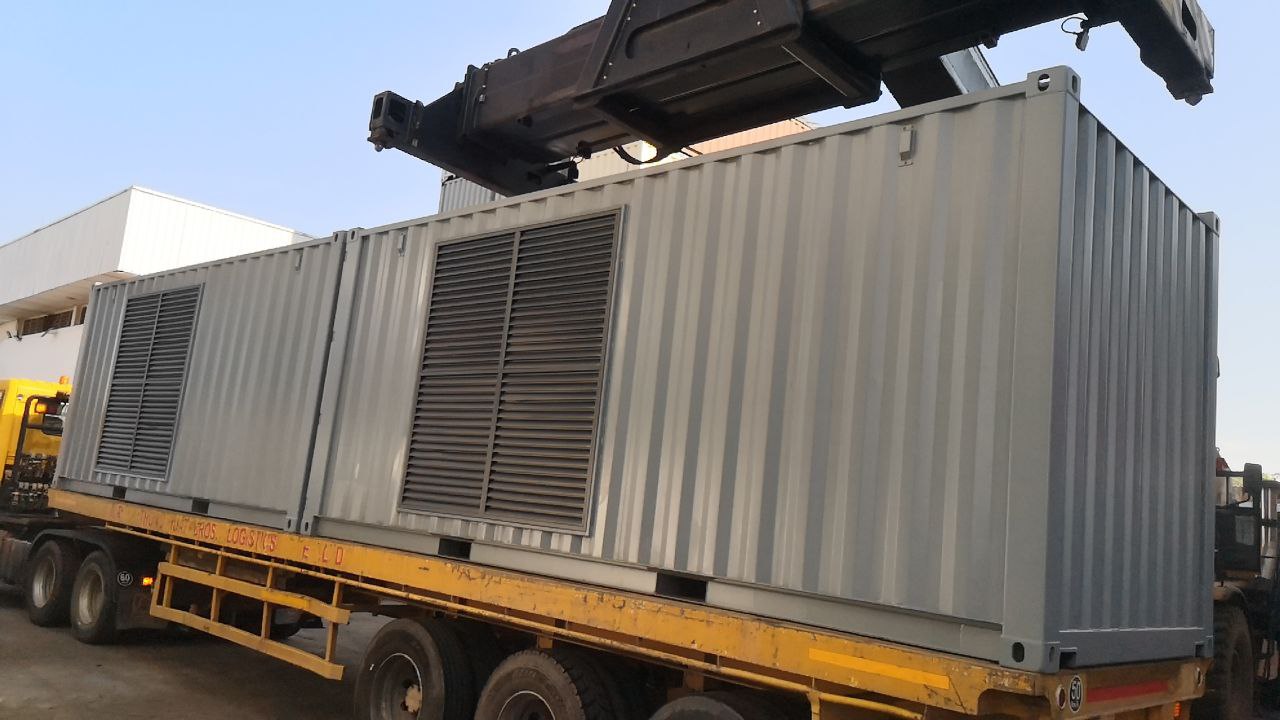Logistical Challenges in Delivering and Assembling Prefab Offices

The rise of prefab offices as a flexible and efficient solution for modern workplaces has transformed the way businesses approach their office space needs. These prefabricated structures offer a range of benefits, from quick setup to cost-effectiveness. However, despite their advantages, there are several logistical challenges associated with delivering and assembling prefab offices that businesses need to navigate to ensure a smooth installation process.
1. Transportation and Delivery Issues
One of the primary logistical hurdles in delivering prefab offices is transportation. Prefab office components are often large and require specialized vehicles for transport. Coordinating the delivery involves meticulous planning to ensure that the right equipment is used and that delivery schedules are adhered to.
Size and Weight: Prefab office units can be bulky and heavy, which necessitates the use of heavy-duty trucks and cranes. The size of the components can also pose challenges when navigating through tight urban areas or on roads with weight restrictions. Proper route planning and obtaining necessary permits are essential to avoid delays.
Timing and Coordination: Delivery schedules must be carefully coordinated to align with the availability of construction crews and other stakeholders. Any delays in transportation can lead to a ripple effect, impacting the overall project timeline and potentially increasing costs.
2. Site Preparation and Access
Before a prefab office can be assembled, the site must be prepared to accommodate the structure. This includes ensuring that the site is level, accessible, and equipped with necessary utilities.
Site Preparation: The site needs to be properly graded and leveled to support the prefab office. If the site is not prepared adequately, it can lead to complications during assembly, such as structural misalignment or difficulties with installation.
Access Issues: Access to the site is crucial for both the delivery of components and the assembly process. In some cases, sites might be located in areas with limited access, such as narrow streets or restricted zones. Ensuring that there is sufficient space for cranes and other equipment is essential to avoid delays and potential damage.
3. Assembly and Installation Challenges
Once the prefab office components arrive on-site, the assembly process begins. While prefab offices are designed for relatively straightforward assembly, there are still several challenges that can arise during this phase.
Assembly Complexity: Depending on the design and complexity of the prefab office, assembly can vary from simple to intricate. Some structures may require precise alignment and complex fitting, which necessitates skilled labor and proper tools.
Weather Conditions: Adverse weather conditions can significantly impact the assembly process. Rain, snow, or high winds can delay work and potentially damage components. Planning for weather contingencies and scheduling work during favorable conditions can help mitigate these issues.
Quality Control: Ensuring that all components are correctly assembled and meet quality standards is crucial. Any discrepancies or defects must be addressed promptly to prevent long-term issues with the prefab office. This requires a thorough inspection and attention to detail during the assembly process.
4. Utility Connections and Final Touches
Connecting utilities such as electricity, plumbing, and HVAC systems adds another layer of complexity to the installation of prefab offices. Ensuring that these connections are correctly integrated into the prefab office is essential for its functionality.
Utility Integration: Prefab offices may come with pre-installed utility systems, but they often require final connections and adjustments. Coordinating with utility providers and ensuring that all connections are made correctly is essential for the operational efficiency of the office.
Final Touches: Once the prefab office is assembled and utilities are connected, final touches such as interior finishes, furniture installation, and IT setup are necessary to complete the office. These tasks require careful coordination to ensure that the office is fully functional and ready for use.
5. Regulatory Compliance and Permits
Navigating local regulations and obtaining necessary permits can be a significant logistical challenge when delivering and assembling prefab offices. Compliance with building codes, zoning laws, and other regulations is crucial to avoid legal issues and ensure that the prefab office meets all required standards.
Building Codes and Zoning Laws: Prefab offices must comply with local building codes and zoning laws, which can vary depending on the location. Ensuring that all regulatory requirements are met is essential for a smooth installation process and for obtaining necessary approvals.
Permits: Securing permits for delivery, assembly, and utility connections can be time-consuming. It’s important to start the permitting process early and ensure that all required documentation is in place to avoid delays.
Conclusion
Delivering and assembling prefab offices involves a range of logistical challenges that require careful planning and coordination. From transportation and site preparation to assembly and utility connections, each phase of the process presents its own set of issues. By addressing these challenges proactively and working with experienced professionals, businesses can successfully navigate the complexities of prefab office installation and reap the benefits of this innovative solution.

